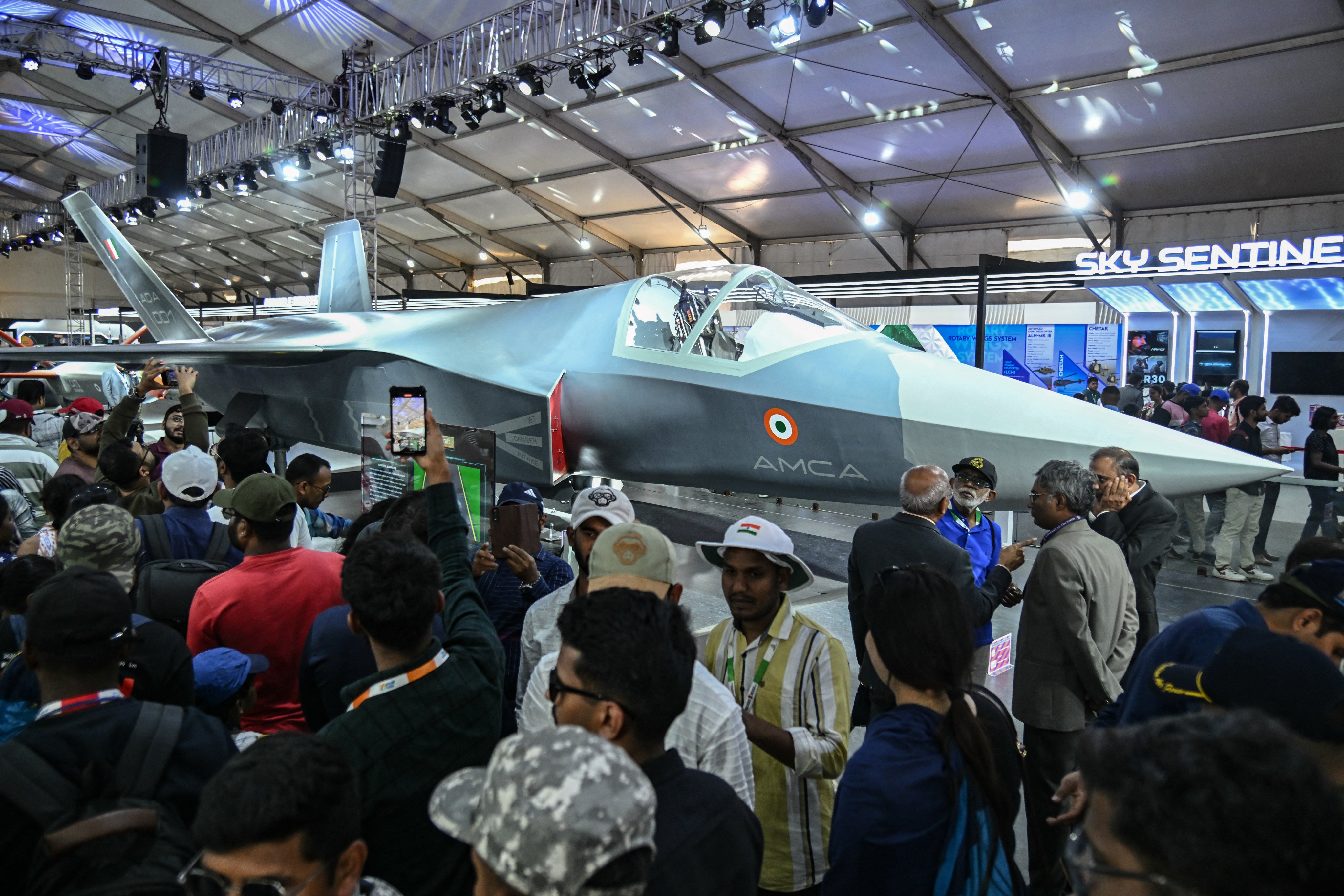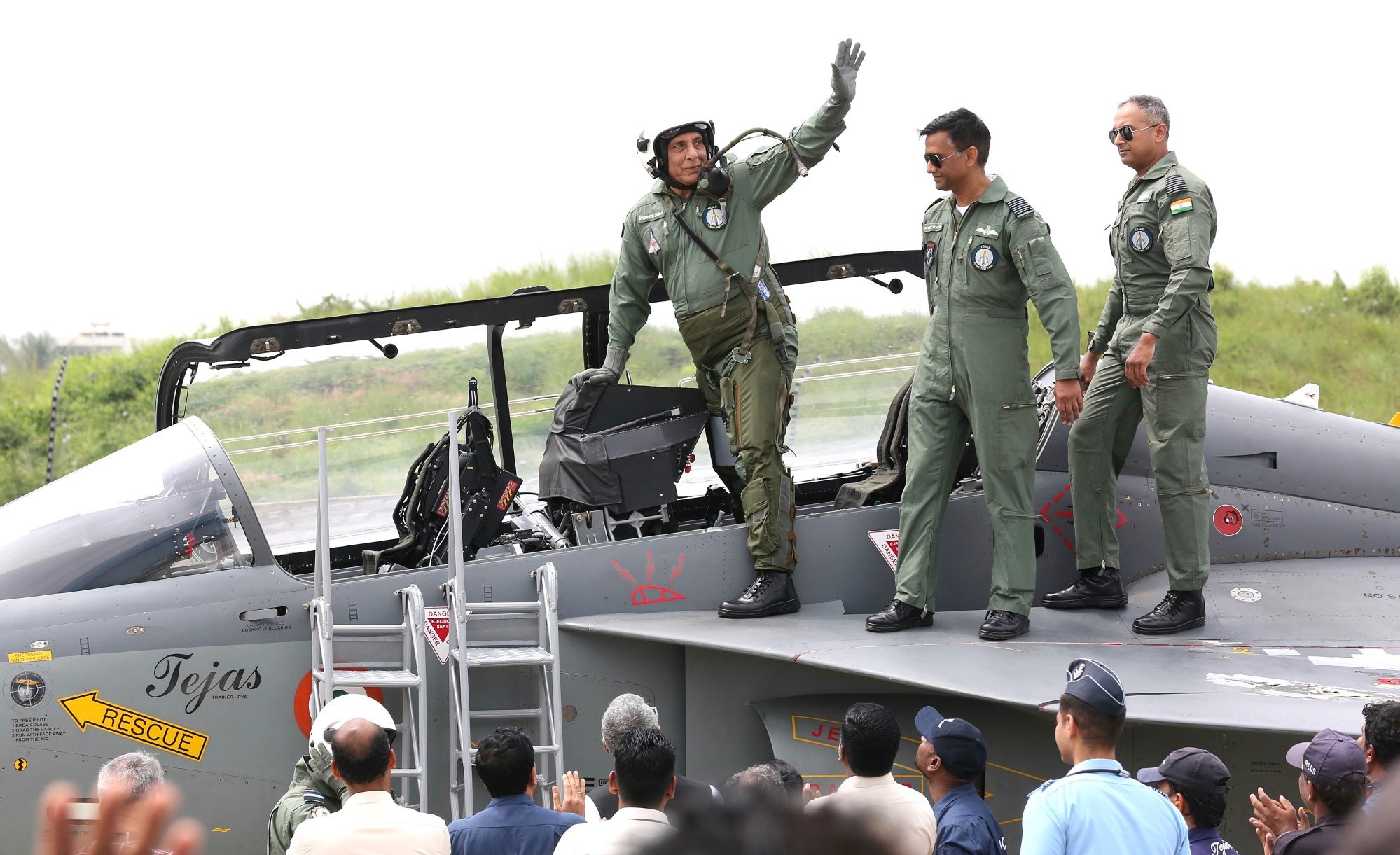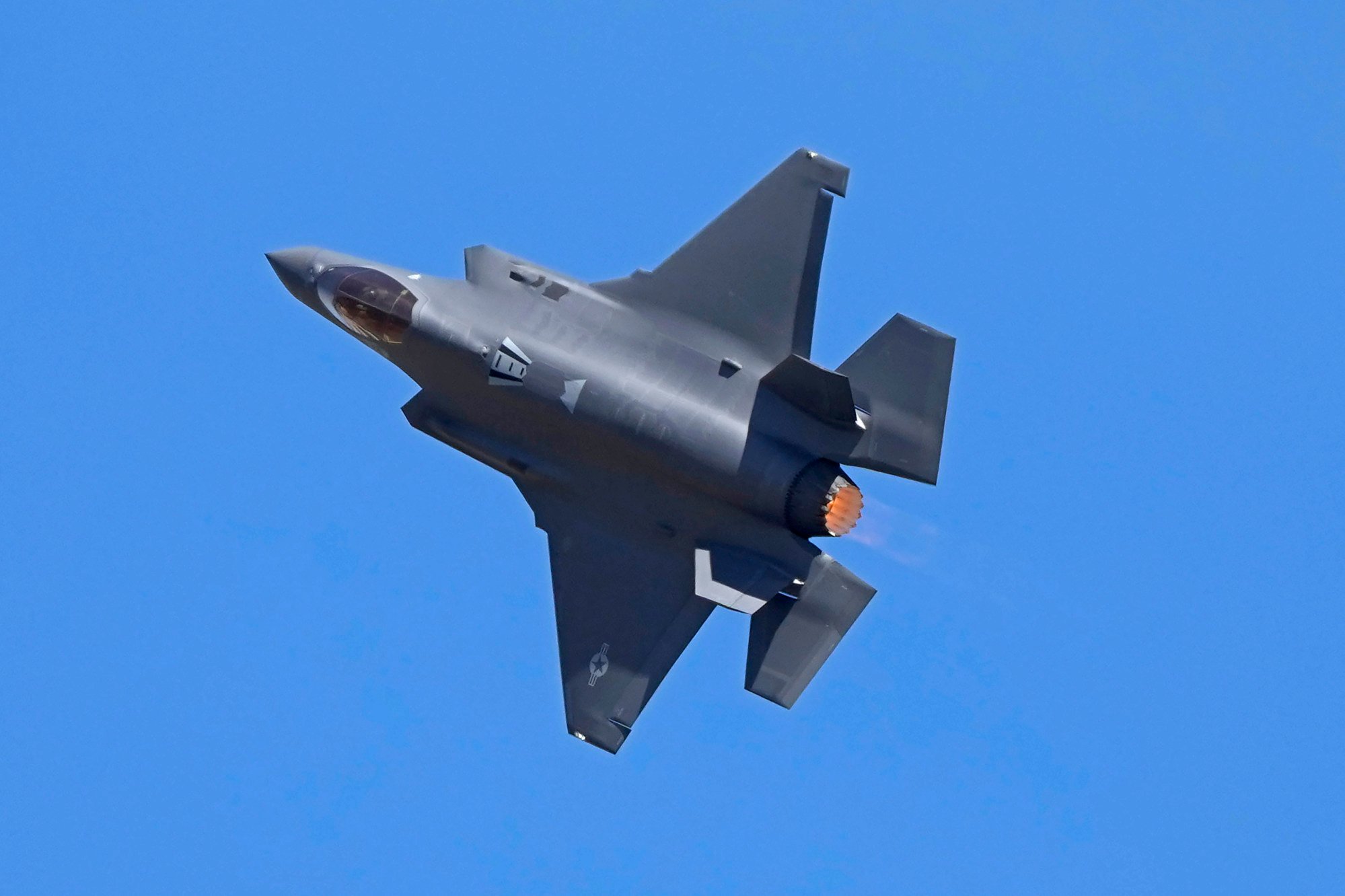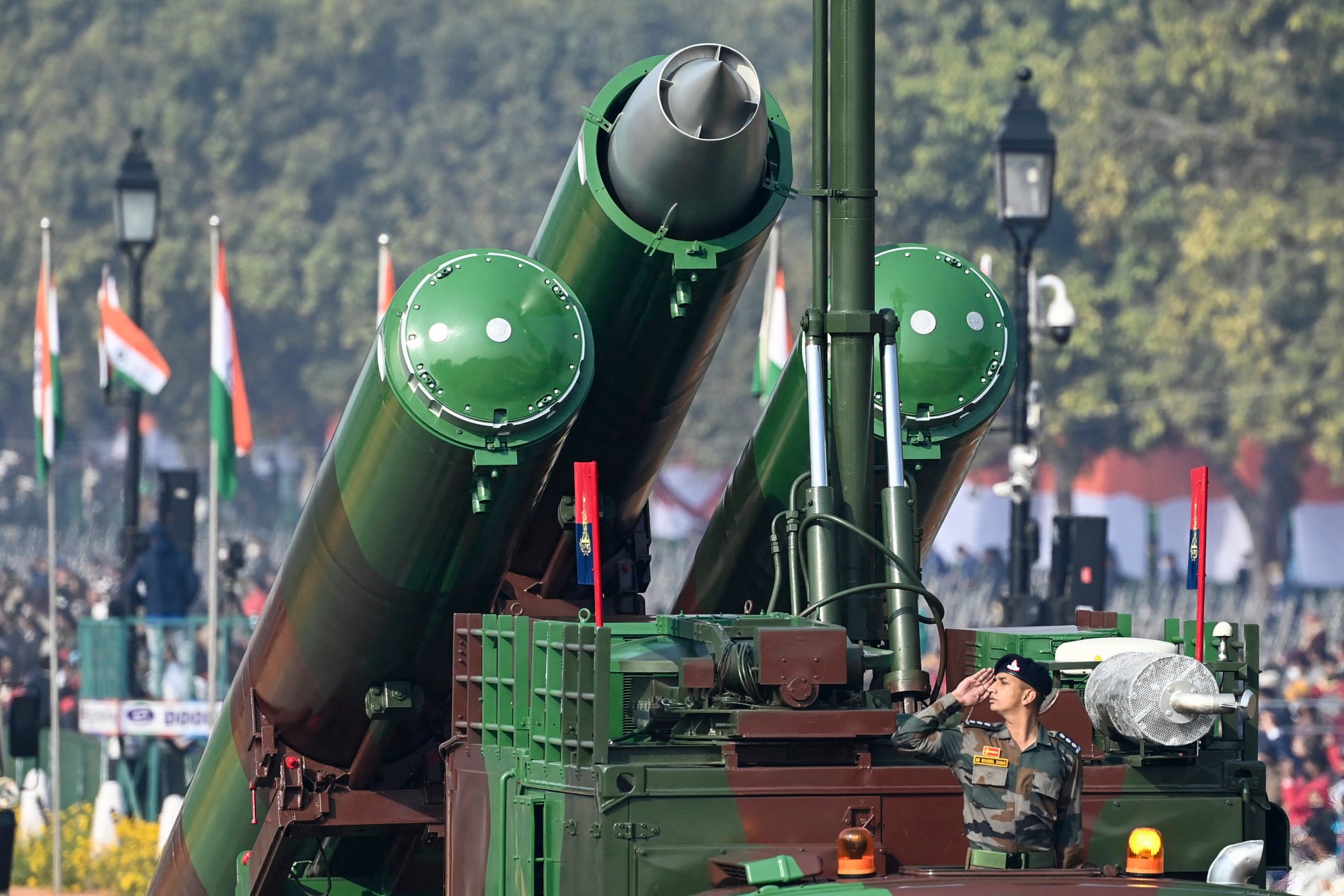Defence diversification: India pivots to Europe for next-gen fighter tech
French company Safran is tipped to develop engines for India’s planned stealth fighter aircraft, with UK’s Rolls-Royce also in the running

India is looking to Western European partners to co-develop next-generation fighter jet engines to reduce its reliance on Russia and the US for defence supply and potentially secure access to advanced technologies as part of its diversification strategy, according to analysts.
The Indian defence ministry is leaning towards partnering with French aerospace and defence company Safran as part of a programme to develop the stealth Advanced Medium Combat Aircraft (AMCA) valued at 610 billion rupees (US$7 billion), according to local media reports. British aero-engine maker Rolls-Royce has also submitted a bid.
The move appears to reflect growing dissatisfaction in New Delhi over an 18-month delay in engine deliveries by US-based General Electric (GE) for India’s next-generation Tejas light combat aircraft. In 2021, Hindustan Aeronautics Limited (HAL) placed an order with GE Aerospace for 99 F404 engines to power the locally made aircraft. The first engine was belatedly delivered to HAL in April, while the second arrived only last week.
“It’s a timely and strategic step. The UK and France are not only capable partners but also willing to share engine tech, something the US has been slower to do,” said Christopher Blackburn, a British political and security analyst.
“Europe’s openness signals real trust between partners. It strengthens the uncodified alliance of democratic nations and accelerates India’s AMCA programme,” he added.

India has been working to bolster its air power capability, with the AMCA and Tejas light combat aircraft set to be the mainstays of its air force.
The urgency to acquire a new generation of aircraft comes as India faces a shortfall in air combat capacity with only 31 operationally ready fighter squadrons instead of 42 as approved by the government, which translates to 200 fewer fighter jets than planned.
India has separately also been weighing an offer by US President Donald Trump for it to acquire the F-35 fifth-generation multirole aircraft. Many see the offer as a symbolic gesture because of its steep cost with little prospect of transfer of technology to India, in contrast with Russia’s offer to allow India to co-produce its Su-57 advanced stealth fighter jet.
The Indian air force’s current fighter aircraft are mostly Russian in origin or from the Soviet-era. Given that the ongoing war with Ukraine could cause a shortfall in aircraft-related supply, India is keen to lessen its dependence on Russia as a supplier, according to analysts.
“India is diversifying its defence procurement based on a strategy to bridge indigenous technology gaps without creating dependencies,” said A.B. Shivane, a retired lieutenant general of the Indian army who has written on defence matters.
“The Russian-Ukraine war has also impacted the supply chain, and Russia’s defence cooperation with Pakistan has raised concerns. Yet Russia remains the most trusted defence strategic partner with a better model of technology transfer,” Shivane said.

India’s goal to achieve diversification for its defence imports led to Russia’s market share falling to 36 per cent in 2020-2024 from from 55 per cent in 2015-2019, according to a report by Stockholm International Peace Research Institute released in March. Nonetheless, Russia is still India’s largest defence supplier, ahead of France, the US and Israel.
During a four-day clash with Pakistan in May, India fielded Russian-made S-400 air defence systems and successfully intercepted multiple Pakistani drones and missiles targeting Indian cities.
Unhandled type: inline-plus-widget {“type”:”inline-plus-widget”}
India also deployed its BrahMos missiles, co-produced with Russia, which defence officials have credited for destroying Pakistani air bases during Operation Sindoor.
In recent years, India’s defence strategy appeared to have focused on co-production with external partners and expanding its export capacity, said Shivane, who noted that its defence imports fell from 11 per cent to 4 per cent while its exports soared 30-fold over the last decade.
Recent wars around the world had shown various countries that there was a need for them to achieve self-reliance in defence, Shivane said.
India would still need to plug the gaps with defence imports even as it continued to partner foreign companies to develop sophisticated weapons and enhance its production capabilities, he added.

On Trump’s offer of the F-35 aircraft to India, Vivek Mishra, deputy director of strategic studies the Observer Research Foundation, said it was in line with the president’s overall strategy to urge India to buy more American weapons as part of bilateral trade talks.
India is hoping to reach a trade deal with the US to avert a 26 per cent tariff on its exports to the world’s biggest economy by the August 1 deadline.
Mishra said that Delhi could offer to buy American defence equipment such as helicopters and might not buy the F-35 aircraft and its related equipment. The F-35 is estimated to cost around US$80 million to US$109 million per unit, a level seen by analysts as prohibitively expensive for India.
“I am sure there will be an American push for India to acquire the F-35 aircraft but it also comes with a lot of questions because the cost is huge per unit. I think it will ultimately be up to the Indian air force or navy on what suits them best,” Mishra said.